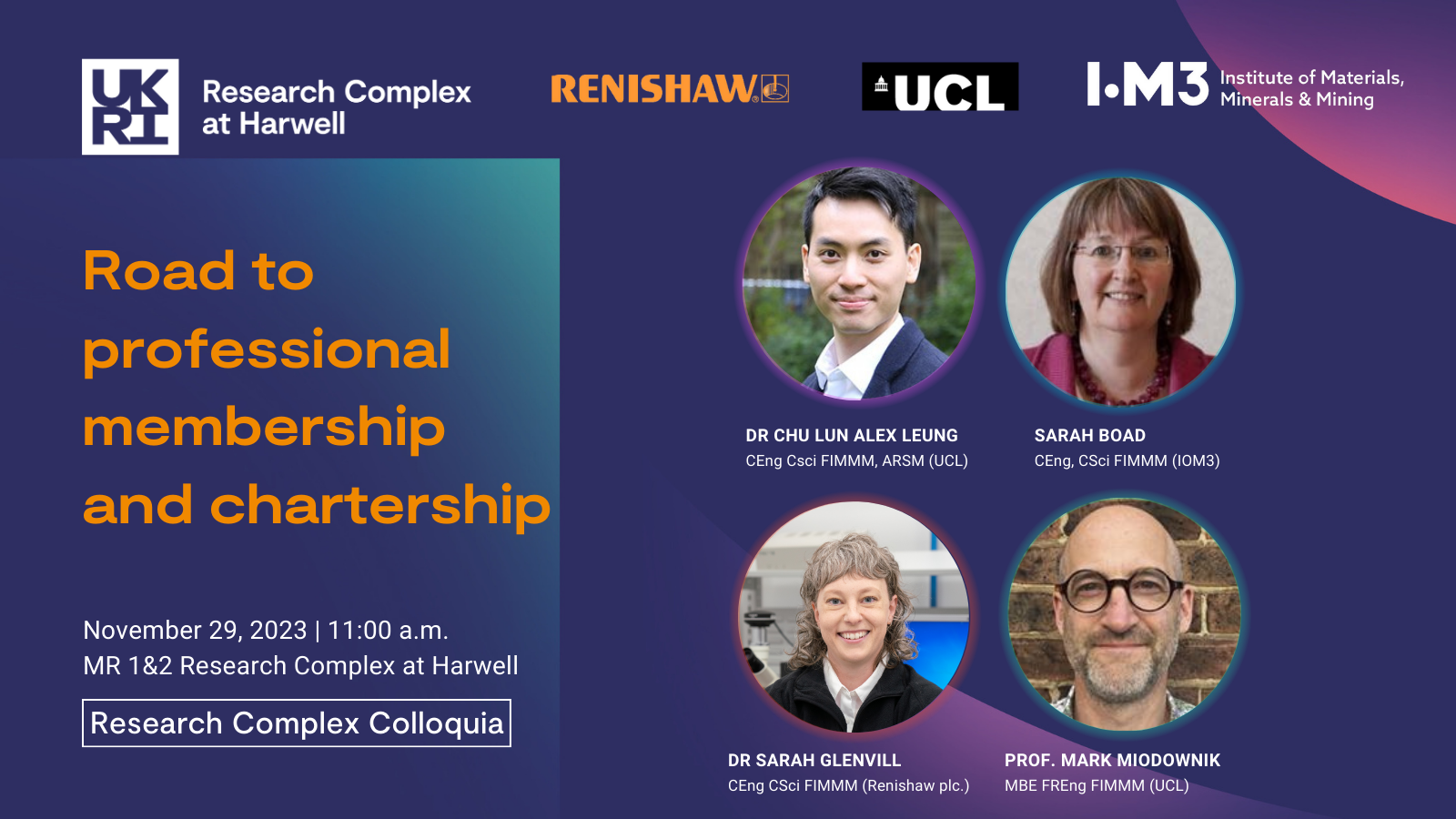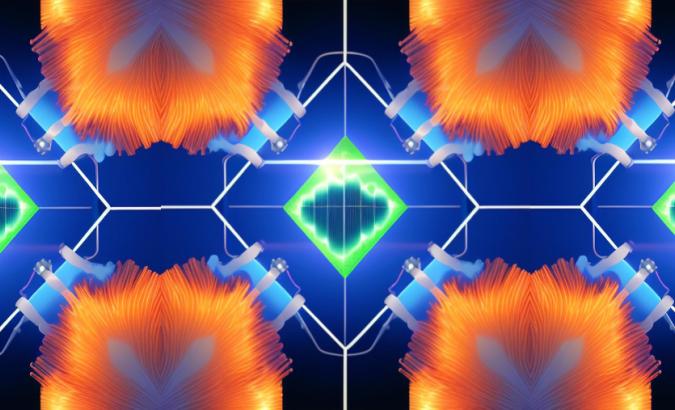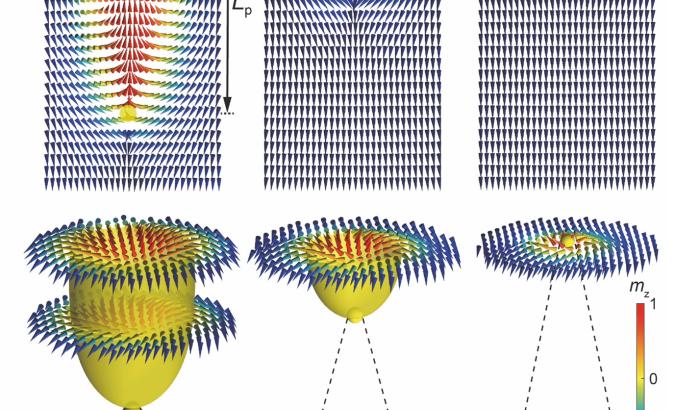Oxford MBE Group @ Harwell

overview
The Oxford MBE Group @ Harwell focuses on the growth of topological quantum materials, such as topological insulators, Weyl and Dirac semimetals, as well as topological magnetic systems, such as skyrmion, antiskyrmion, and chiral bobber materials using molecular beam epitaxy (MBE) and magnetron sputtering.
Topological insulators, for instance, are a cutting-edge class of materials where only the surface states are conducting, but perfectly so, and have transformative potential for the electronics industry. We seek to probe the resilience and character of this topological state through high-precision growth techniques that allow us to minutely tune properties, such as through doping with ferromagnetic ions, bilayering or cleaving.
MBE, our main deposition technique, allows for growth of high-quality single-crystal films by deposition onto a substrate material of molecular beams produced from ultra-high purity elemental sources. MBE growth, a stalwart of the semiconductor industry, is used by our group to grow thin films of Bi2Se3 and Bi2Te3 and related compounds. These films are then used in a wide range of experiments with our collaborators at ISIS and Diamond as well as further afield to try and probe the fundamental nature of the topological surface state.
For the characterisation of our materials, we make use of the unique facilities in Research Complex, Diamond and at ISIS, such as the Harwell XPS EPSRC National Facility for X-Ray Photoelectron Spectroscopy in Research Complex, the electron microscopy suite in Research Complex, and X-ray diffraction/reflectometry and magnetometry at Diamond and ISIS. This enables their further large-scale facility investigation using, among others, muon spin rotation, resonant elastic X-ray scattering, X-ray spectroscopy, polarised neutron reflectometry, neutron diffraction, ferromagnetic resonance and angle-resolved photoemission spectroscopy. Our fortunate position near world-leading facilities gives us access to a diverse community of scientific knowledge as well as second-to-none experiments through which we study our samples and push at the boundaries of our current understanding.








